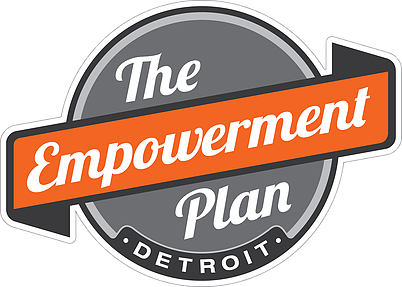From the Austin Materials Marketplace in Austin, Texas
The City of Austin’s Universal Recycling Ordinance supports Austin’s Zero Waste goal by requiring affected property owners to ensure that tenants and employees have access to convenient recycling. The ordinance also includes an Organics Diversion component which requires food permitted businesses to reduce or divert organic material away from the landfill. Businesses can meet this requirement through various approaches including leaner supply-chain management, composting organic materials, donating edible organics, or by finding reuse opportunities, a specialty for the Austin Materials Marketplace team.
Quality Seafood Market provides Austinites with the freshest possible seafood and has been doing so for almost 50 years. They run a tight ship that expertly maneuvers obstacles to serving up seafood to Central Texans, but the organics-related requirements in the URO created a new challenge for Quality Seafood. They generate a significant amount of byproducts from their seafood preparation including heavier items such as oyster shells and smellier items like fish parts – by-products that are inedible to most Central Texas animals, and difficult and rather expensive to compost. Owner Carol Huntsberger noted,
“Quality Seafood Market is dedicated to finding the highest and best use for all products without sending them to the landfill. The Austin Materials Marketplace program is helping us to achieve that goal.”
Quality Seafood Market joined the Austin Materials Marketplace to develop and implement pro-environment AND pro-business solutions for their hard to divert materials. The Austin Materials Marketplace team has been working on finding reuse opportunities for these materials that save on disposal costs for Quality Seafood while also helping the restaurant meet the organics diversion component of the URO. The team explored several reuse options including loading up empty trucks and sending the shells to the gulf for oyster reef restoration projects, and using ground up shells to enhance soil and animal feed. However, the logistics for each solution have been challenging to incorporate into Quality Seafood’s operations.
We were thrilled when Munkebo Farm joined the conversation and brought a new reuse idea to the table – to use these shells as road base. Munkebo Farm picked up 3,000lbs of oyster shells from Quality Seafood to use on their farm’s road, which saved on costs for both parties, diverted around .7 tons of CO2 emissions, and created a road made of natural materials that won’t leach harmful chemicals into the surrounding environment.
The Austin Materials Marketplace team is still exploring additional long-term, high impact business solutions for these oyster shells. If you have any ideas, feel free to get in touch!






























